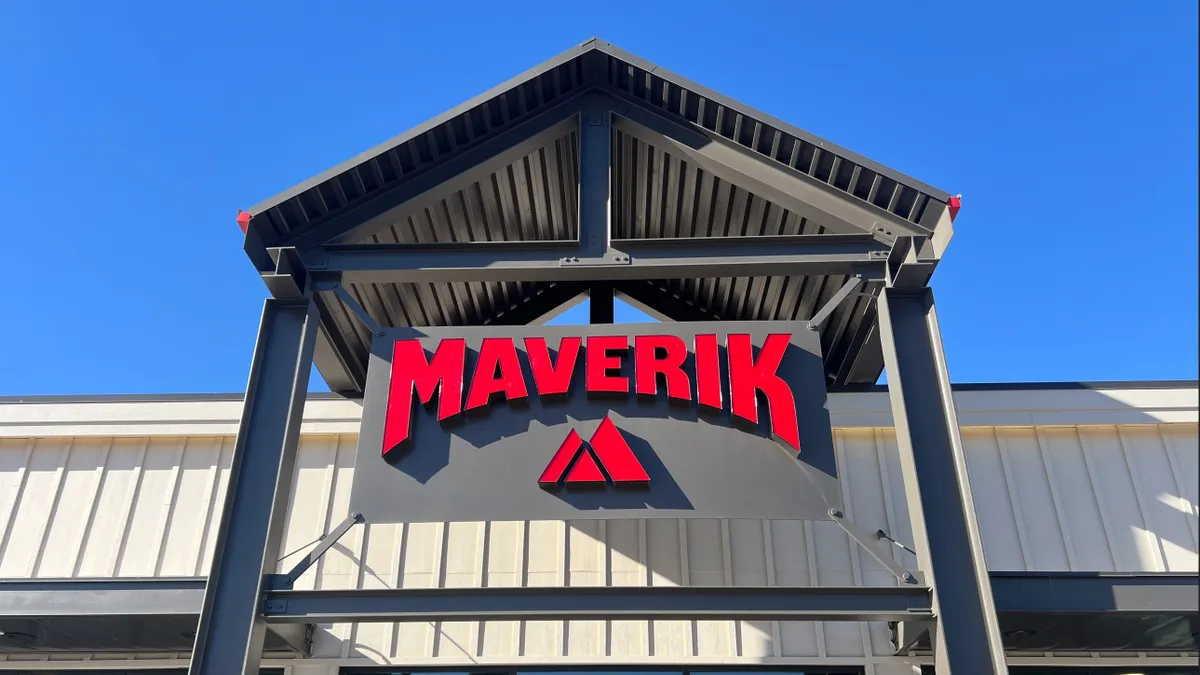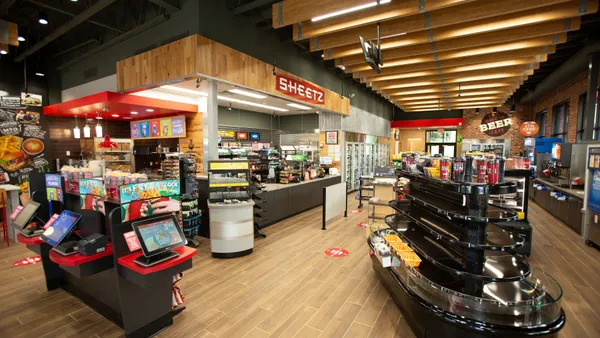Dive Brief:
- Although sales of most packaged drinks are still growing in small and independent convenience stores, the number of units sold in the category is shrinking, according to data from retail data company Skupos.
- Top categories continued to be energy drinks, sports drinks and soda. Collectively, these subcategories account for roughly 82% of the packaged beverage market and over $1 billion in sales for independent c-stores.
- While total packaged beverage sales remained relatively flat from 2021 to 2022, unit sales dropped from $685 million to $643 million during that time frame, according to the report.
Dive Insight:
While sales are holding steady for small and independently run c-stores, inflation may start driving shoppers to other sectors for their beverages, such as grocery or dollar stores, experts say.
“If inflation continues, which it looks like it will, the risk is that some of those categories, instead of the value brand or private label, now they just leave the category and buy that from another channel,” said Scott Love, senior vice president of Retail Client Solutions for Circana, in a May episode of The Food Institute Podcast.
This matched overall sales data Skupos provided for the first quarter.
The price per ounce of all drink subcategories gained at least 4% throughout 2022, according to the survey. The lowest increase was for iced teas while the largest was for juice and juice drinks at almost 12% from Q1 to Q4.
Meanwhile, energy drinks price increases resulted in lower than average fourth quarter sales. This contributed to a stark drop-off in unit sales for the year, notably from the Bang and Celsius brands. Energy drinks were also one of only two categories to see a dollar sales decrease year over year.
Retailers must consistently ensure they’re taking advantage of sales opportunities to increase units, according to Skupos.
“Participation in any brand-funded promotions that their stores are eligible for can help in this environment,” Chris Murphy, CPG analyst for Skupos, said in an email. “And in order for programs to be successful, you must merchandise them as much as possible.”
Skupos’ data showed promotions were at least 33% more successful when stores used proper signage.
Another step c-stores can take to shore up unit sales is making sure they have differentiated items, Murphy noted.
“While one might expect them to cut back on indulgent items in c-stores, that isn’t always the case,” said Murphy. “When a product is unique and has few competitors or items like it, consumers are less likely to defer purchase, as opposed to something like a generic bottle of water, which can be found elsewhere, cheaper.”
Skupos’ data was compiled from scan data from more than 15,000 independent c-store retailers.












